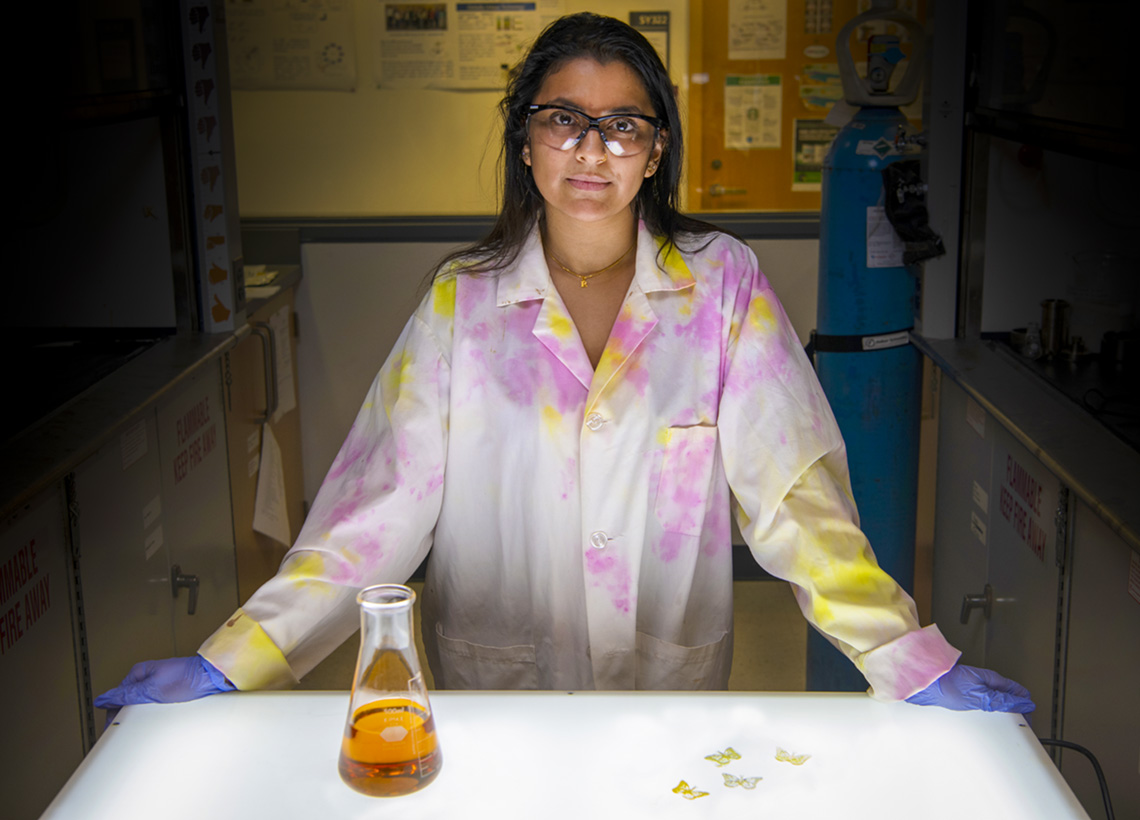Saturday, July 5, 2025
Researchers at the University of Toronto (U of T) Scarborough have, for the first time, turned waste cooking oil into a high-resolution, biodegradable three-dimensional (3D) printing resin.
The research indicates that using waste cooking oil for 3D printing has significant potential. Not only is it more economical to make, but the plastics made from it break down in a sustainable way, unlike conventional 3D printing resins.
“The reasons plastics are a problem is because nature hasn’t evolved to handle human-made chemicals,” said Andre Simpson, a professor at U of T Scarborough’s department of physical and environmental sciences who developed the resin in his lab. “Because we’re using what is essentially a natural product – in this case fats from cooking oil – nature can deal with it much better.”
According to an article in U of T’s The Bulletin Brief, Simpson first became interested in the idea when he got a 3D printer about three years ago. After noting the molecules used in commercial resins were similar to fats found in cooking oils, he wondered whether one could be created using waste cooking oil. The oil used in the research was from a deep fryer at one of McDonald’s chain restaurants in Scarborough.
Simpson used a straightforward one-step chemical process in the lab, using about one litre of used cooking oil to make 420 millilitres of resin. The resin was then used to print a plastic butterfly that showed features down to 100 micrometres and was structurally and thermally stable, meaning it wouldn’t crumble or melt above room temperature.
Waste from used cooking oil is a major global environmental problem, with commercial and residential waste causing serious environmental issues, including clogged sewage lines caused by the build-up of fats.
While there are commercial uses for waste cooking oil, there’s a lack of ways to recycle it into a high value commodity. Simpson says that creating a high value commodity could remove some of the financial barriers with recycling waste cooking oil since many restaurants have to pay to dispose it.
Another key advantage of this discovery is the biodegradability factor. The researchers found that burying a 3D-printed object made with their resin in soil lost 20 per cent of its weight in about two weeks due to microbes breaking it down.
The research received funding from the Natural Sciences and Engineering Research Council of Canada, the Canada Foundation for Innovation, the Government of Ontario and the Krembil Foundation.
The results of the research are published in the journal ACS Sustainable Chemistry & Engineering.
Featured image of Rajshree Biswas, a PhD student in the lab of U of T Scarborough’s Andre Simpson, shows the biodegradable plastic butterflies she made using a 3D printer and resin derived from waste cooking oil from McDonald’s. Photo by Don Campbell.











